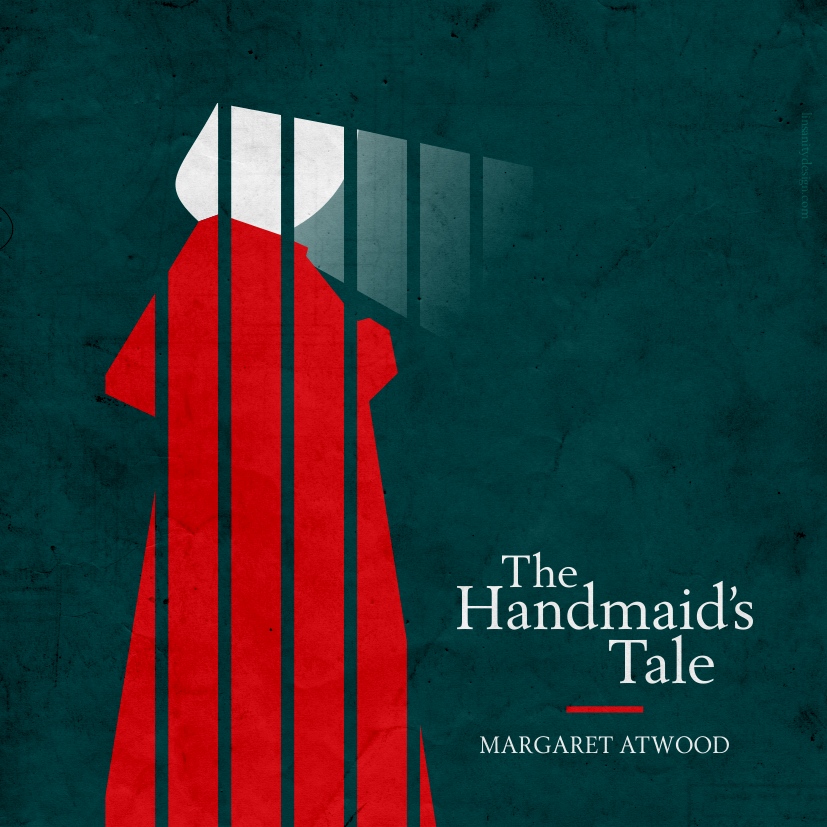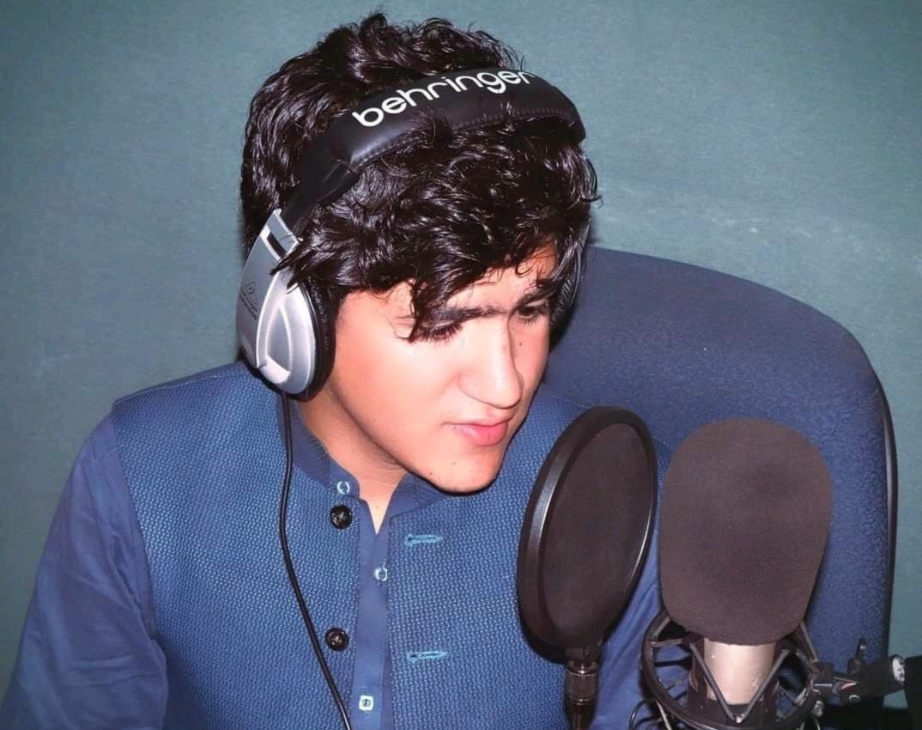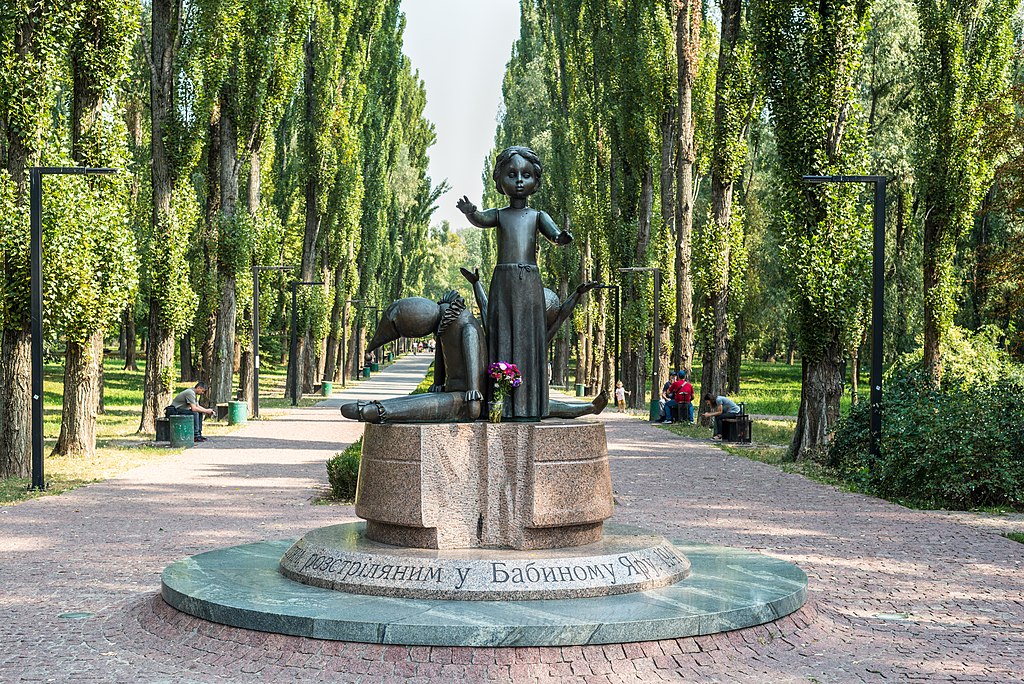In rare footage from a year ago, President Ahmadinejad can be seen giving an open-air speech on the outskirts of Tehran. An official film crew, from the president’s office, has a monopoly filming presidential duties. As the camera panned from Ahmadinejad to the audience, it revealed an endless sea of people, seemingly hanging on his every word. It took me a moment to understand what I was seeing. There were men and women in attendance, but the crowd of literally thousands was segregated by gender.
The footage had been obtained by documentary filmmaker and Newsweek correspondent Maziar Bahari for a documentary he was making about Ahmadinejad.
Ahmadinejad has always safeguarded the country’s hard-line tradition. When he was mayor of Tehran, he proposed burying a martyr from the Iran-Iraq war in every city square to remind Iranians of the eternal threat against their country and religion.
I can’t remember why I was with Maziar watching his footage that afternoon. We were probably going to discuss the anthology of images and writing we were editing together, Transit Tehran: Young Iran and Its Inspirations. The book featured writing and images from the wave of Iranian reporters, filmmakers and photographers who came of age during the reformist movement of the late 1990s — photojournalists Newsha Tavakolian, Abbas Kowsari, Javad Montazeri, Peyman Hooshmanzadeh, Omid Salehi and Majid Saeedi, artists Sadegh Tirafkan and Khosrow Hassanzadeh and reporters Asieh Amini, Roya Karimi and Zohreh Khosnamak, among others. Despite the obstacles, dangers and the serious negotiating that takes place to get around the authorities, they and countless others have been documenting the social transformation of their country.
Gritty realism has never been popular with a government that always reacts badly to dissent. In his essay on the Tehran rap scene, Mehrak Golestani (aka Reveal) identifies the core conflict between modern Iranian experience and the version pushed by the state.
Golestani’s father, the photographer Kaveh Golestan writes about the roots of this argument in Recording the Truth in Iran, an essay included in the book of Kaveh’s black and white photojournalism I co-edited with his wife Hengameh Golestan. When Kaveh was a child living in the countryside with his parents, not only did his mother and sister put on their veils every time his father’s uncle, an ayatollah, visited, they also veiled the television.
Kaveh wrote, “The ayatollah disapproved of television. He said it was evil: it showed women with their hair flowing, men touching women, vice and sin. TV ‘infiltrated and decayed our Islamic cultural identity and integrity by selling us the values of other cultures and societies’.”
Kaveh’s iconic images of the Iranian revolution have particular resonance right now. The students demonstrating in the streets today look pretty much like those who protested against the Shah in front of Tehran University in 1979 — young men in trainers, T-shirts and jeans, young attractive women immaculate in their hijabs, beaten with the same batons and tear gas that was used during the revolution. Then, as now, none of them give their names to foreign journalists in case they’re picked up and arrested.
Golestan was one of the inspirations in Transit Tehran, along with his contemporary, Masoud Behnoud, a veteran editor and journalist, a man who opened over 30 newspapers and magazines in Iran — some of which published for years — watched the authorities shut down every one of them, and went to jail for his work. He now lives in exile in London. Behnoud wrote a timeline for Transit Tehran, a memoir illustrated by the graphic novelist Parsua Bashi, which details the curse of totalitarian kingship and rule. Despite everything, the end frame is of a frustrated Behnoud behind his desk in London, wishing desperately to go home.
Iran is a sophisticated, creative country, filled with remarkable problem solvers. They have a deep regard for their religion and are proud of Persian culture but it appears that their civil liberties are eroded, regularly, almost as part of a ten-year political cycle. The revolution held such great promise, what happened? I asked Behnoud. “We lost,” was his reply.
Transit Tehran: Young Iran and Its Inspirations was published earlier this year by Garnet Publishing and the Prince Claus Fund Library. Kaveh Golestan 1950-2003: Recording the Truth in Iran was published by Hatje Cantz and the Prince Claus Fund Library in 2007.




